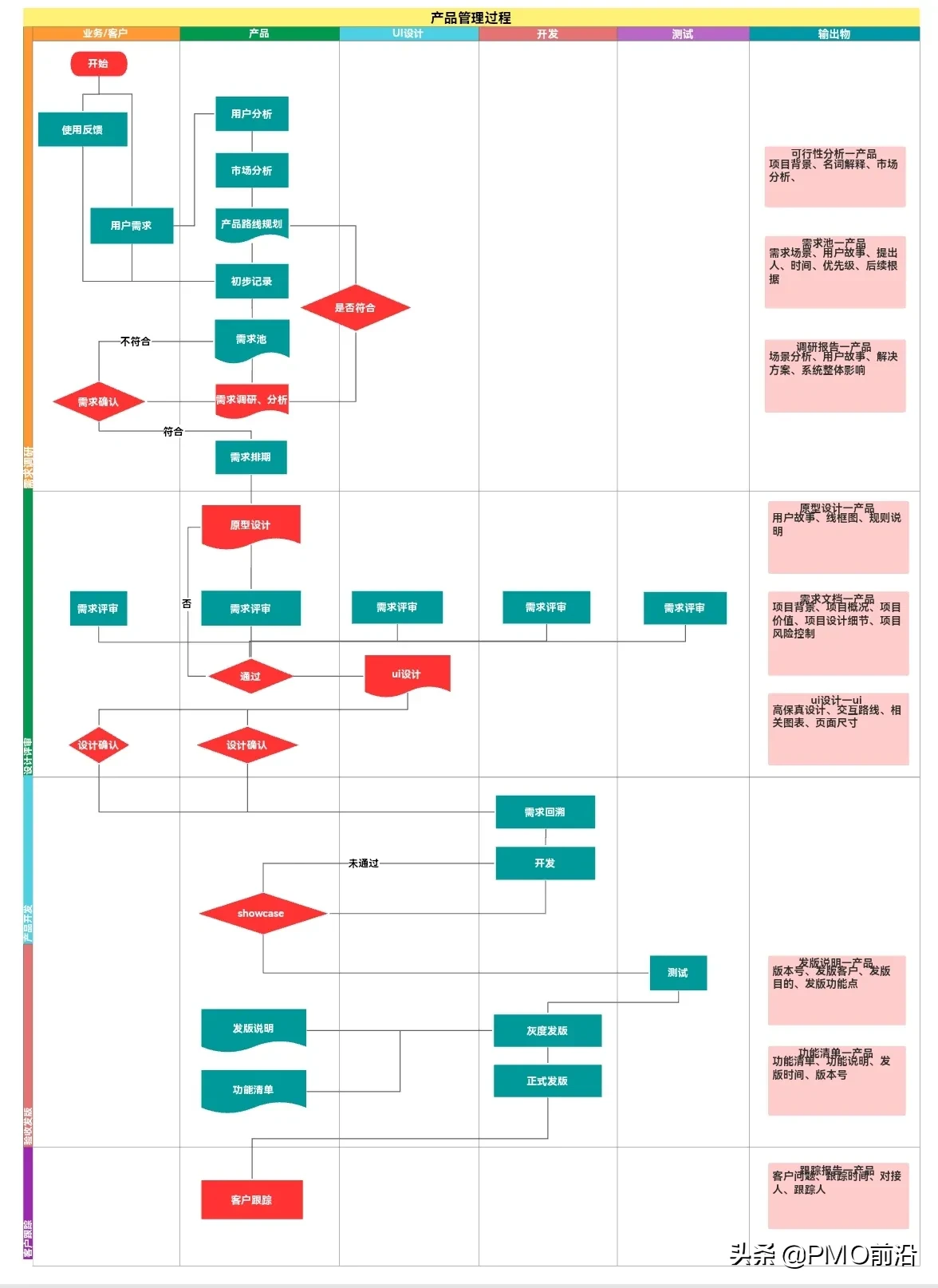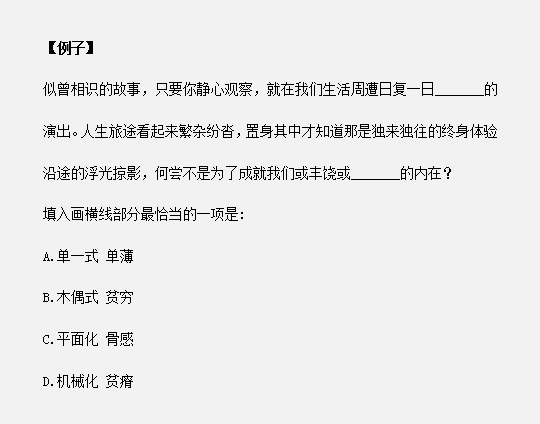构建高并发服务一直是程序员的痛点。咱们今天就用FastAPI和Redis组合来搞定这个难题!这套方案不仅能处理高并发请求,还能让系统性能暴增20倍。写这篇文章的时候我正在处理一个每秒1万并发的项目,这些经验都是实打实的。
FastAPI简介
FastAPI就像是Django的那个调皮但是成绩特别好的弟弟。它基于Python 3.6+的类型提示构建,运行速度贼快,写起来还特别舒服。
来看个最基础的例子:
from fastapi import FastAPI
app = FastAPI()@app.get("/")async def read_root():
return {"Hello": "World"}看到没?就这几行代码就能跑起来一个API服务,还自带超nice的交互文档。
温馨提示:别忘了用uvicorn启动服务哦,直接用python运行是不行的!
Redis来帮忙
单靠FastAPI还不够猛,得加上Redis这个神器。Redis就像是一个超级快的临时仓库,把常用的数据放在这里,查询速度能快得飞起。
整一个简单的缓存示例:
import aioredisfrom fastapi import FastAPI
app = FastAPI()# 创建Redis连接池redis = aioredis.from_url('redis://localhost')@app.get("/user/{user_id}")async def get_user(user_id: int):
# 先看Redis里有没有
cache_key = f"user:{user_id}"
cached_user = await redis.get(cache_key)
if cached_user: return {"user": cached_user, "source": "cache"}
# 假装这是从数据库查的
user_data = {"id": user_id, "name": "张三"}
# 塞进Redis
await redis.set(cache_key, str(user_data), ex=3600) return {"user": user_data, "source": "db"}高并发黑魔法
光有缓存还不够,想要扛住高并发,还得整点花活。
from fastapi import FastAPI, Dependsfrom fastapi.middleware.cors import CORSMiddlewarefrom redis.asyncio import ConnectionPool, Redisimport asyncio
app = FastAPI()# 配置CORS,这很重要!app.add_middleware(
CORSMiddleware,
allow_origins=["*"],
allow_methods=["*"],
allow_headers=["*"],
)# Redis连接池配置REDIS_POOL = ConnectionPool(
host='localhost',
port=6379,
db=0,
max_connections=10_000 # 关键参数!)async def get_redis() -> Redis:
redis = Redis(connection_pool=REDIS_POOL) try: yield redis finally: await redis.close()@app.get("/concurrent_test")async def test_concurrent(redis: Redis = Depends(get_redis)):
# 用Redis计数器实现限流
key = "request_count"
await redis.incr(key)
# 模拟业务处理
await asyncio.sleep(0.1)
count = await redis.get(key) return {"current_requests": int(count)}温馨提示:Redis连接池的max_connections参数特别重要,设太小了扛不住并发,设太大了服务器受不了,得根据实际情况调整。
性能优化小技巧
用Redis Pipeline批量处理:
@app.post("/batch_process")async def process_batch(items: list, redis: Redis = Depends(get_redis)):
pipe = redis.pipeline()
for item in items:
pipe.set(f"item:{item['id']}", str(item))
await pipe.execute() return {"status": "success"}合理设置缓存失效时间:
# 热点数据5分钟过期await redis.set("hot_data", data, ex=300)# 非热点数据1小时过期await redis.set("cold_data", data, ex=3600)面对高并发,还有个大杀器 - Redis集群。不过这玩意配置起来有点复杂,感兴趣的可以去翻翻官方文档。
写完感觉还有好多可以说的,这个FastAPI+Redis的组合是真的猛。性能提升20倍是保守估计,如果你的业务场景主要是读操作,提升个几十倍都是很正常的事情。
上篇:
系统运维日常巡检都做什么-8大步骤
下篇:
从 0 到 1:使用 Loki + Promtail + Grafana 搭建日志监控系统
1 vLLM + FastAPI:一个高并发、低延迟的Qwen-7B量化服务搭建实录... 2 根据工作岗位要求, 写一份现场面试者工作自我介绍简述, 要求800字 3 大数据安全架构设计方案 4 Echo:还在用“旁路由”?All in One主机才是未来:PVE+OpenW... 5 使用MCP+Neo4j零代码构建自己的知识图谱 6 2025年性价比最高的AI服务器拆解:768GB显存暴打训练慢的痛点 7 链路聚合 vs 堆叠 vs 三层上联,到底啥场景该用谁 8 7大热门Agent框架盘点:助你轻松构建多智能体AI应用 9 IT运维服务方案V3.0【拿来即用】 10 11 个最热门的 MCP 资源平台,收藏备用 11 选品、支付、运营、翻译和客户服务等工具是跨境电商的关键。 12 SFT 指令微调数据 如何构建?






